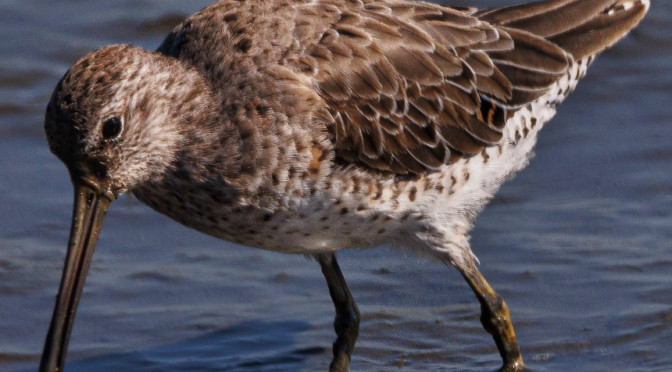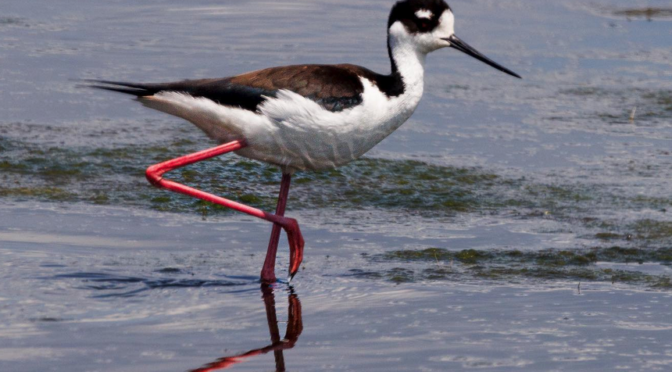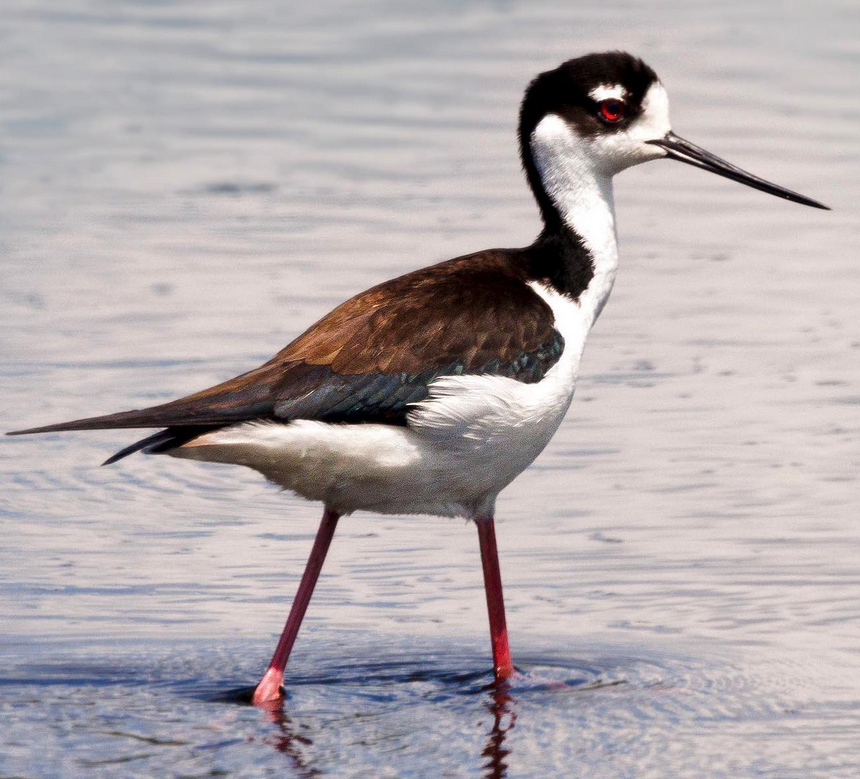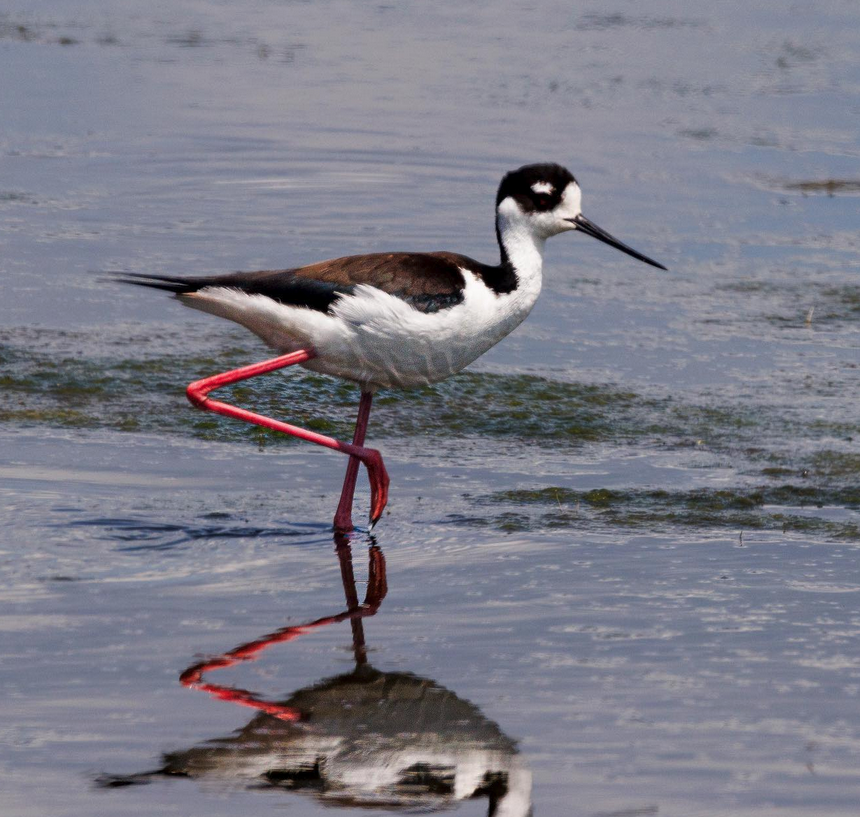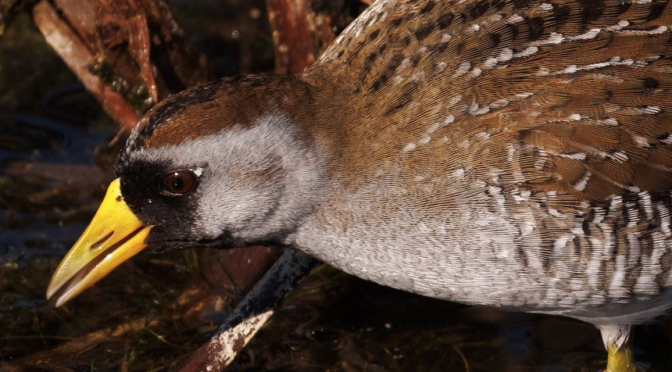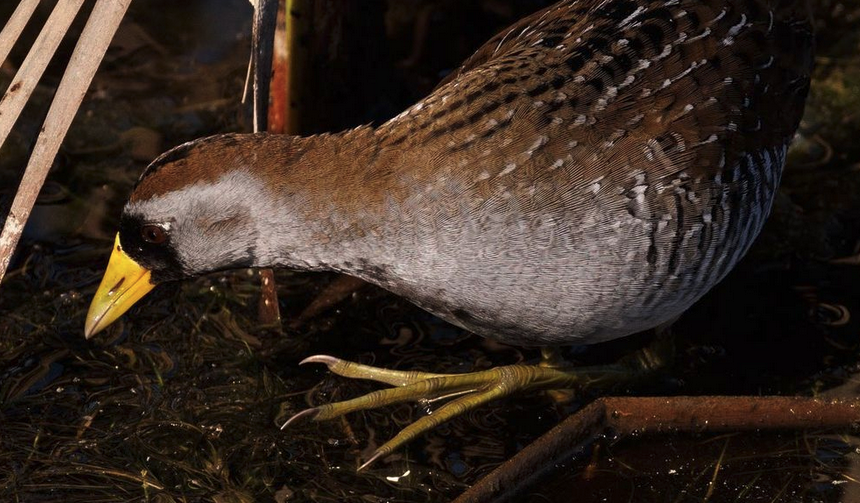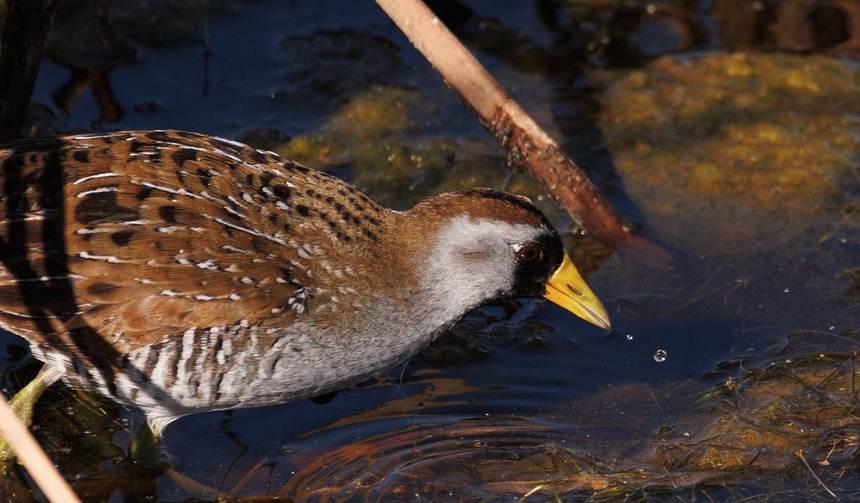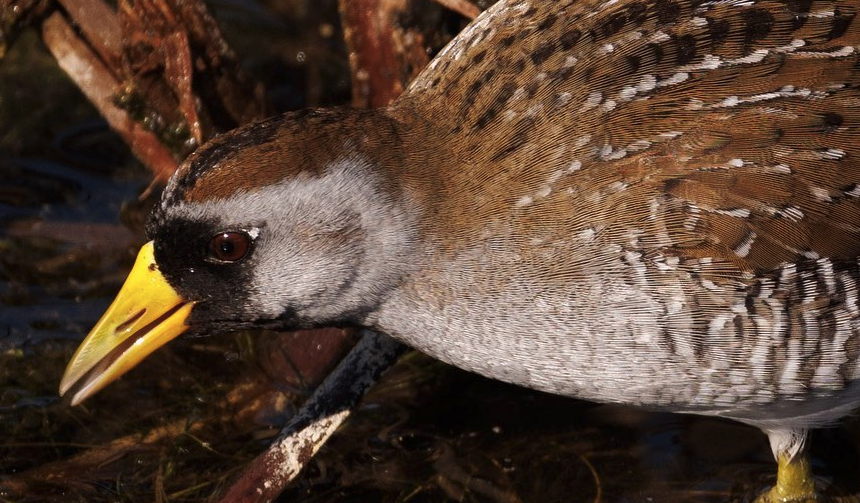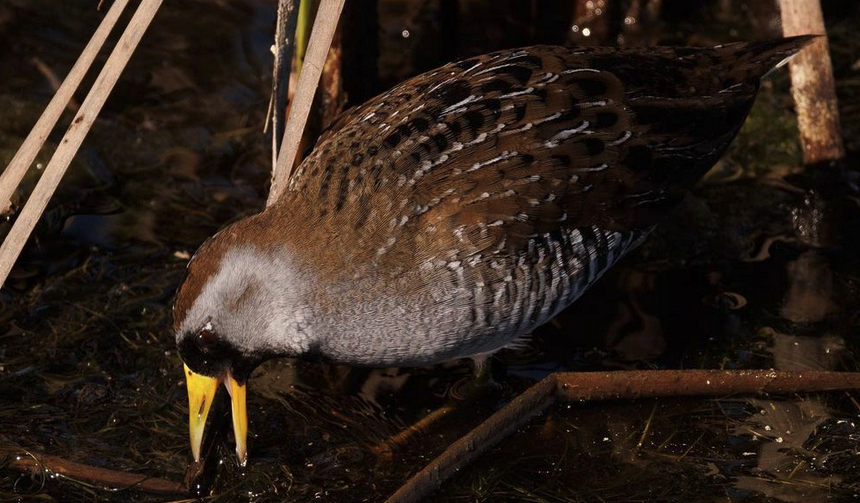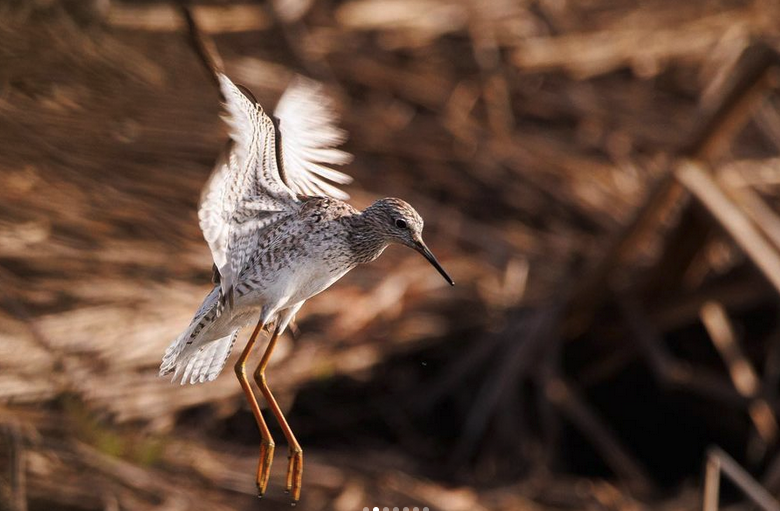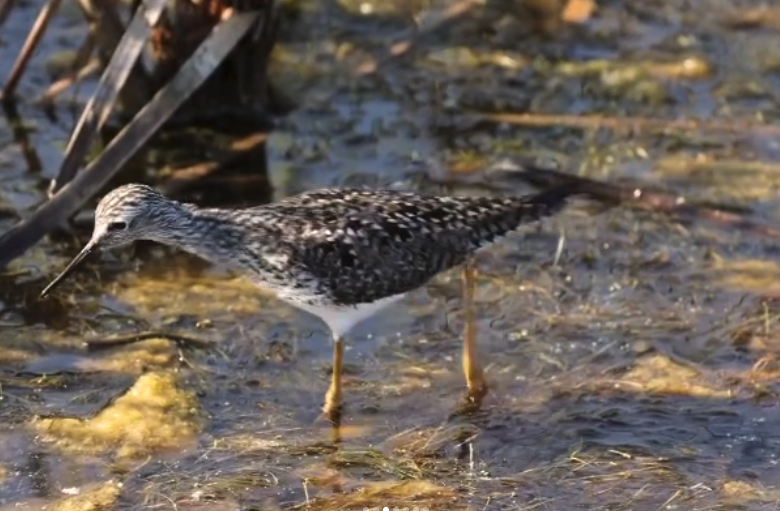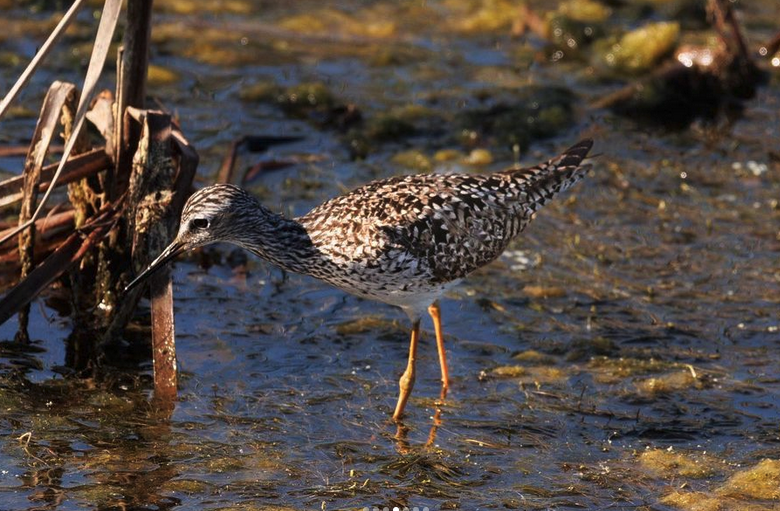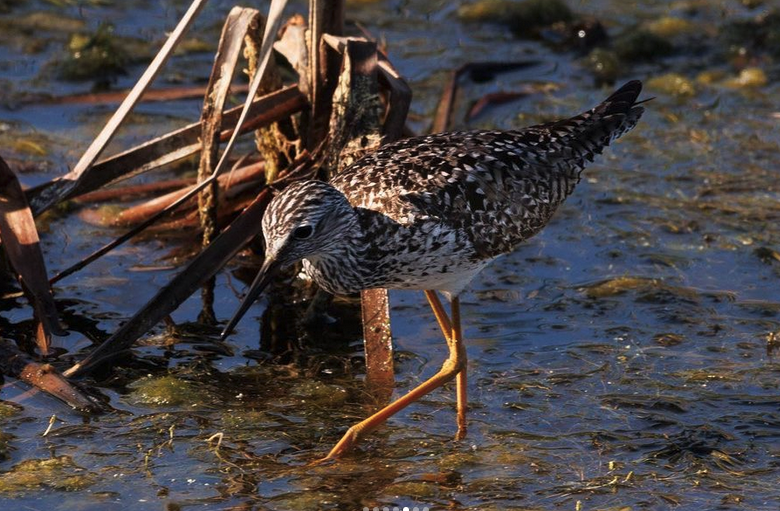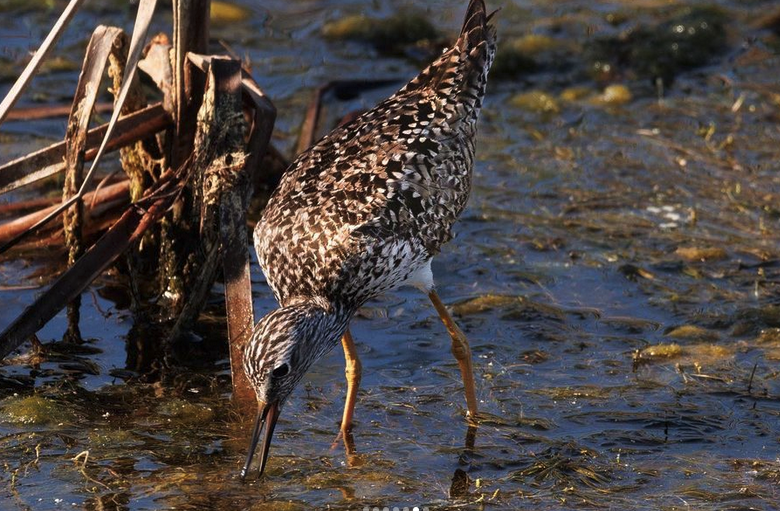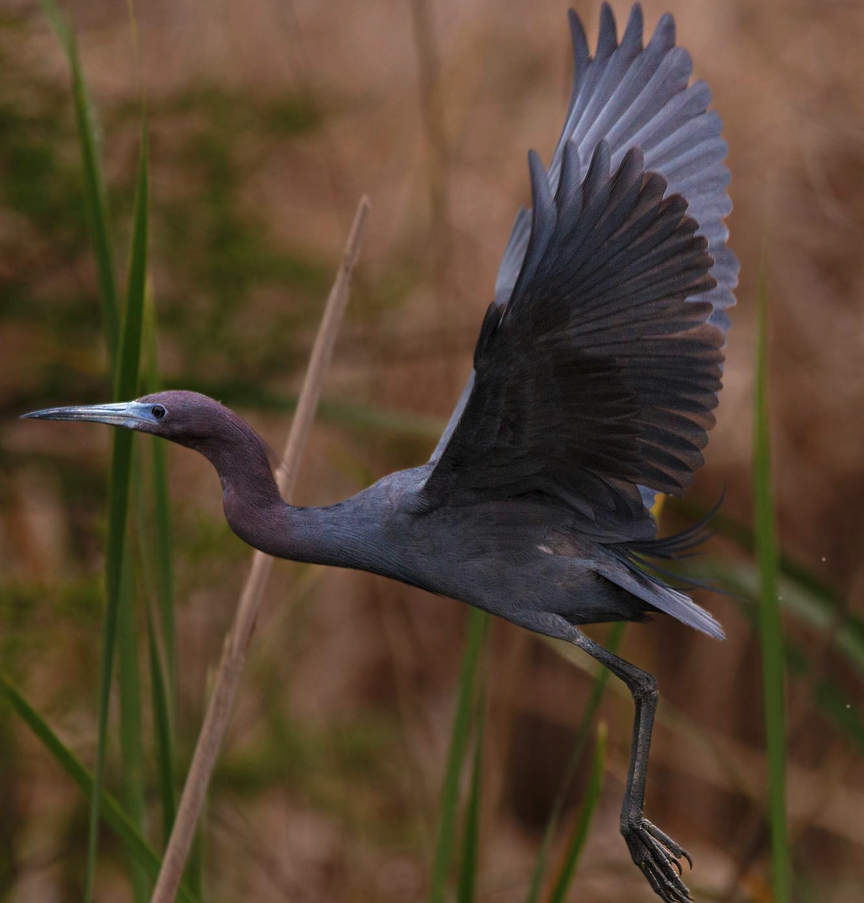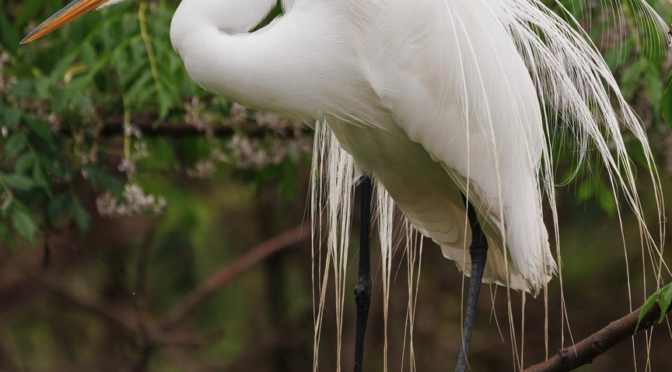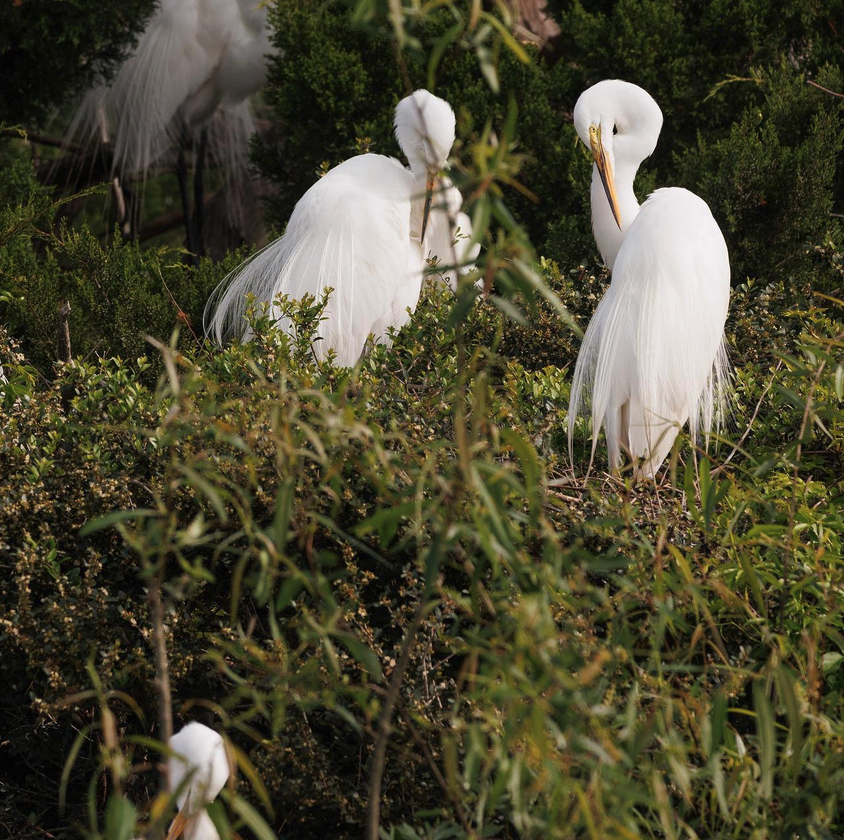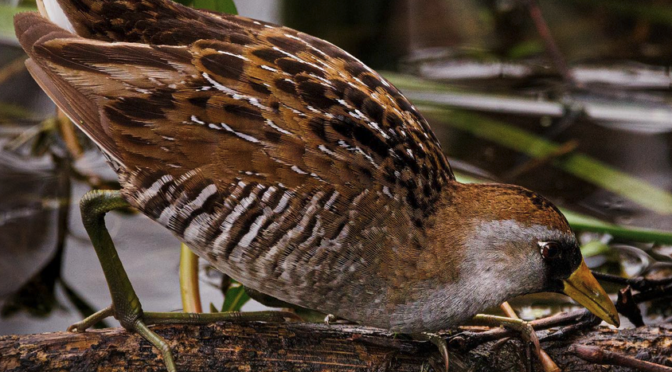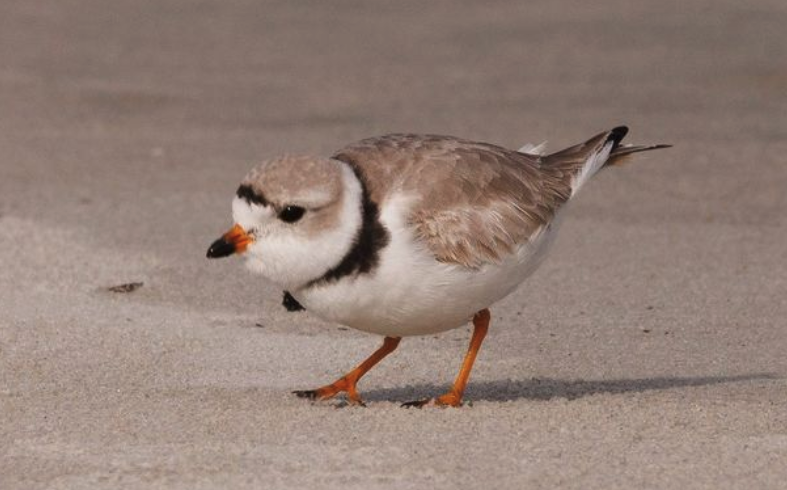By Sally Siko
One of the obvious challenges that comes with photographing a bird is of course that they move around quite a bit. Add the Atlantic Ocean waves and a species of diving duck and now I’ve got a whole fresh set of obstacles to deal with. In this case I was incredibly lucky to be able to catch a fair amount of shots of this male Red-breasted Merganser swimming right offshore of the rock jetty at Huntington Beach SP which was freak’n awesome!

A member of the “Sawbill” family of ocean faring ducks for its long, thin serrated bill, Red-breasted Mergansers are voracious eaters of fish.
The young ones will also eat crustaceans and insects until they learn to hunt on the open water.
These guys are strong underwater swimmers, easily able to catch a slippery fish in that serrated bill and there are even reports of flocks of RBM’s hunting for schools fish cooperatively by driving them into shallow waters. Red-breasted Mergansers aren’t just speedy underwater, they happen to be one of the fastest flyers of all the duck species in North America with speeds clocking in approaching 80mph at level flight.
Crazy!
Red-breasted Mergansers are usually found in brackish and saltwater habitats in the eastern counties of the Carolinas. That being said, smaller numbers also frequent our fresh water impoundments, lakes, and ponds, usually for short periods of time, both inland and coastal areas.
They’ll stick around until late May before they heading north to their breeding grounds so you’ve still got plenty of time to see them.
By the way, I’ve added 80 new birding tour dates to my 2024 trip schedule so if you’d like to join me out there in South Carolina to see these beautiful ducks for yourself, check the calendar below for details & booking info!
Photos by @sally_siko of @bestlife_birding on my mighty mirrorless monster, the @canonusa #R5





